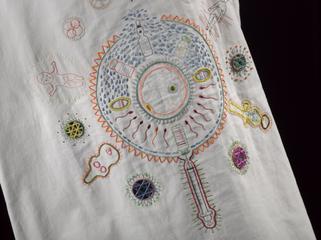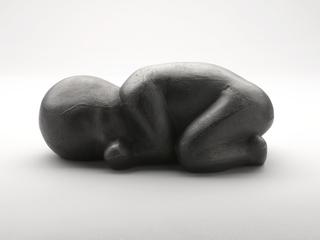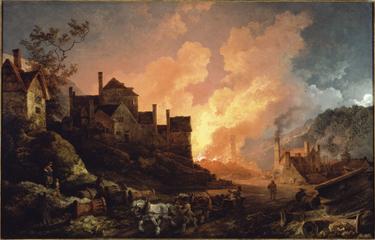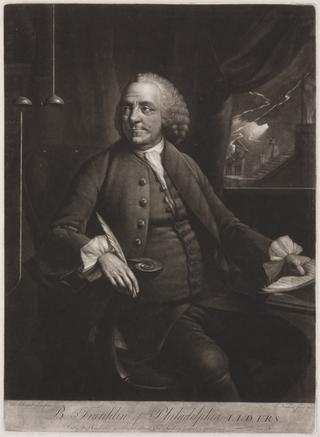
‘Pass-room, Bridewell’, print, London, England, 1808
- artist:
- Thomas Rowlandson and Augustus Charles Pugin
- engraver:
- John Hill
- maker:
- Ackermann and Company








print. aquatint, col. Pass-room Bridewell. Hill after Rowlandson. 1808. published Ackerman's Repository of Arts. plate 12.[women in asylum interior] overall: 27x33.2cm; platemark: 23.6x28.2cm
Bridewell Hospital was a ‘house of correction’: a prison for the homeless, criminals, unmarried mothers and prostitutes. To prevent inmates re-offending and to ‘correct’ their wrong-doings, they were made to do hard physical labour – some were subjected to beatings. This print shows women and young children, with straw filled stalls to sleep in. 'Bridewell’ became the general name for houses of correction throughout England. The hospital remained open from 1553 to 1855.
This print appeared as one in a series of illustrations looking at London’s architecture called The Microcosm of London, published 1808-1810. The buildings were drawn by Augustus Charles Pugin (c. 1762-1832), a French draughtsman, and the figures were drawn by Thomas Rowlandson (1764-1834), a celebrated British caricaturist.




